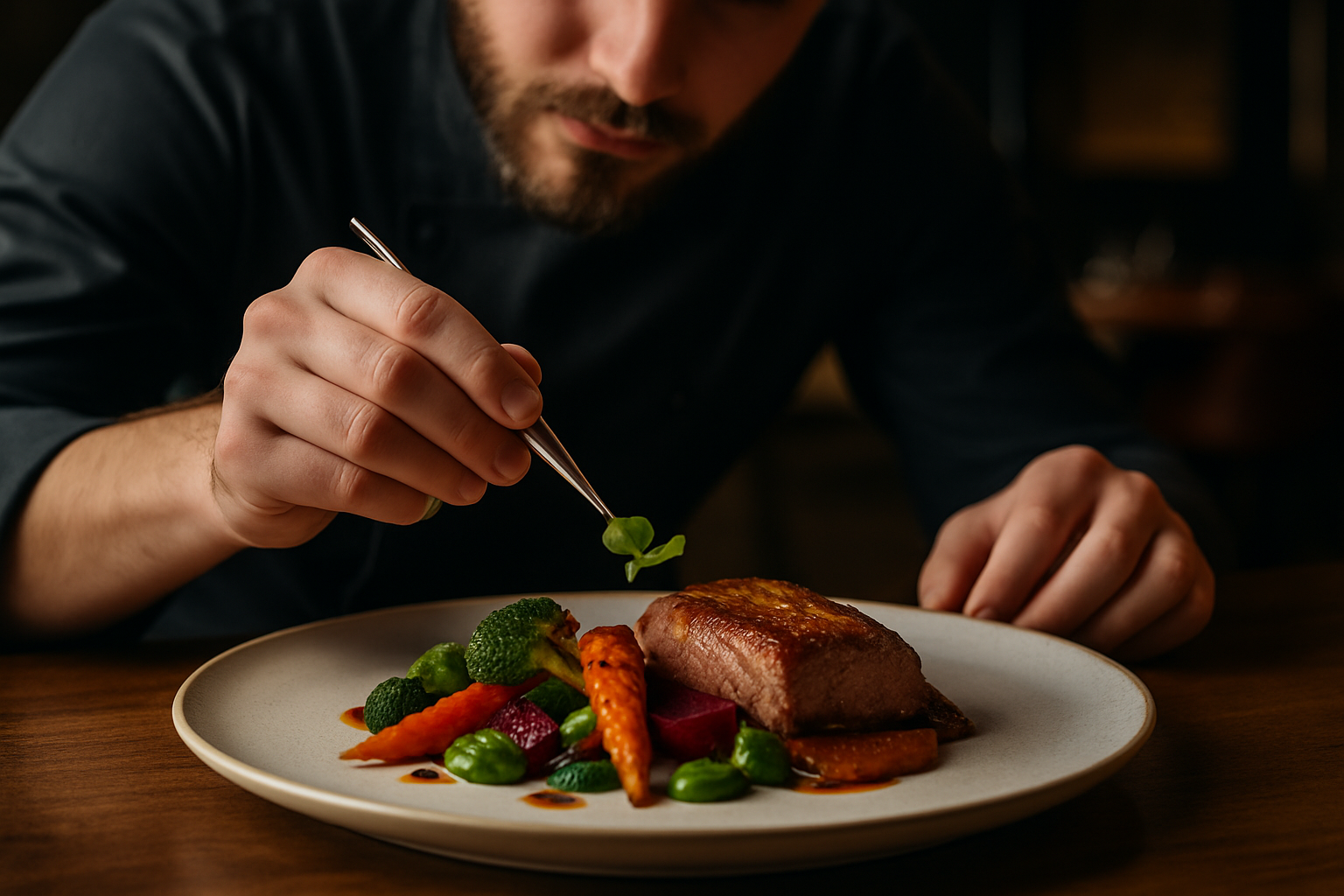Sizzling Secrets: The Art of Scorching Hot Stone Cooking
Imagine the sizzle of a juicy steak on a blazing hot stone, the aroma of perfectly seared seafood wafting through the air, and the interactive dining experience that brings chef and diner together. Welcome to the world of hot stone cooking, where ancient techniques meet modern gastronomy to create unforgettable culinary adventures.

The Science Behind the Sizzle
At the heart of hot stone cooking is the principle of thermal mass. Stones, typically made of materials like granite or volcanic rock, are heated to extremely high temperatures, often exceeding 400°F (204°C). These dense materials retain heat exceptionally well, providing a consistent cooking surface that can maintain its temperature for extended periods. When food is placed on the hot stone, the Maillard reaction occurs rapidly, creating complex flavors and appealing brown crusts. The direct contact between food and stone also allows for efficient heat transfer, resulting in quick cooking times and minimal moisture loss. This method not only preserves the natural flavors of ingredients but also enhances them through the caramelization process.
From Kitchen to Table: Implementing Hot Stone Techniques
Incorporating hot stone cooking into your culinary repertoire can elevate your dining experiences at home. Start by selecting the right type of stone – food-grade granite or soapstone are popular choices due to their heat retention properties and non-porous surfaces. Preheat the stone in the oven or on the stovetop, following safety guidelines to avoid thermal shock. Once heated, transfer the stone to a heat-resistant surface at the table. Prepare an assortment of thinly sliced meats, seafood, and vegetables for guests to cook themselves. Provide an array of dipping sauces and seasonings to complement the natural flavors enhanced by the stone cooking process. Remember to educate diners on safety precautions and proper cooking techniques to ensure an enjoyable and safe experience.
Global Inspirations: Hot Stone Traditions Worldwide
Hot stone cooking techniques can be found in culinary traditions around the globe. In Korea, “dolsot bibimbap” features rice and toppings served in a sizzling stone bowl, creating a crispy layer at the bottom. Japanese “ishiyaki” involves cooking bite-sized morsels on a hot stone at the table. In the Alpine regions of Europe, “pierrade” is a popular communal dining experience where diners cook thin slices of meat on a heated stone. Drawing inspiration from these international practices can help you create fusion dishes and unique dining experiences that blend cultures and flavors. Experiment with different marinades, spice blends, and accompaniments to take your hot stone cooking on a culinary world tour.
Beyond the Grill: Creative Applications of Hot Stone Cooking
While hot stone cooking is often associated with grilling meats, its applications extend far beyond. Explore the potential of hot stones in baking by using them to create artisanal breads with perfectly crisp crusts. In dessert preparation, heated stones can be used to caramelize fruits or create dramatic presentations of flambéed dishes. For beverage enthusiasts, hot stones can be employed to warm mulled wines or create smoky infusions in cocktails. Consider incorporating hot stone elements into your next brunch spread with sizzling shakshuka or stone-fired pancakes. The possibilities are limited only by your imagination, making hot stone cooking a versatile technique for culinary innovation across all meal categories.
Sizzling Tips for Perfect Hot Stone Cooking
-
Always preheat stones gradually to prevent cracking
-
Use tongs and heat-resistant gloves when handling hot stones
-
Brush stones with a light coat of oil to prevent sticking
-
Avoid using soap on porous stones; clean with hot water and scrub
-
Experiment with different stone types for varied cooking experiences
-
Pair hot stone dishes with cold sides for temperature contrast
-
Invest in quality, food-grade stones from reputable sources
-
Never place frozen food directly on a hot stone to avoid thermal shock
Conclusion
Hot stone cooking offers a thrilling blend of ancient wisdom and modern culinary artistry. By mastering this technique, you open the door to a world of interactive dining experiences, enhanced flavors, and creative presentation possibilities. Whether you’re looking to impress guests at your next dinner party or simply elevate your everyday meals, the sizzle and spectacle of hot stone cooking are sure to ignite your passion for culinary exploration. Embrace the heat, experiment with flavors, and let the ancient art of hot stone cooking transform your approach to food preparation and enjoyment.





